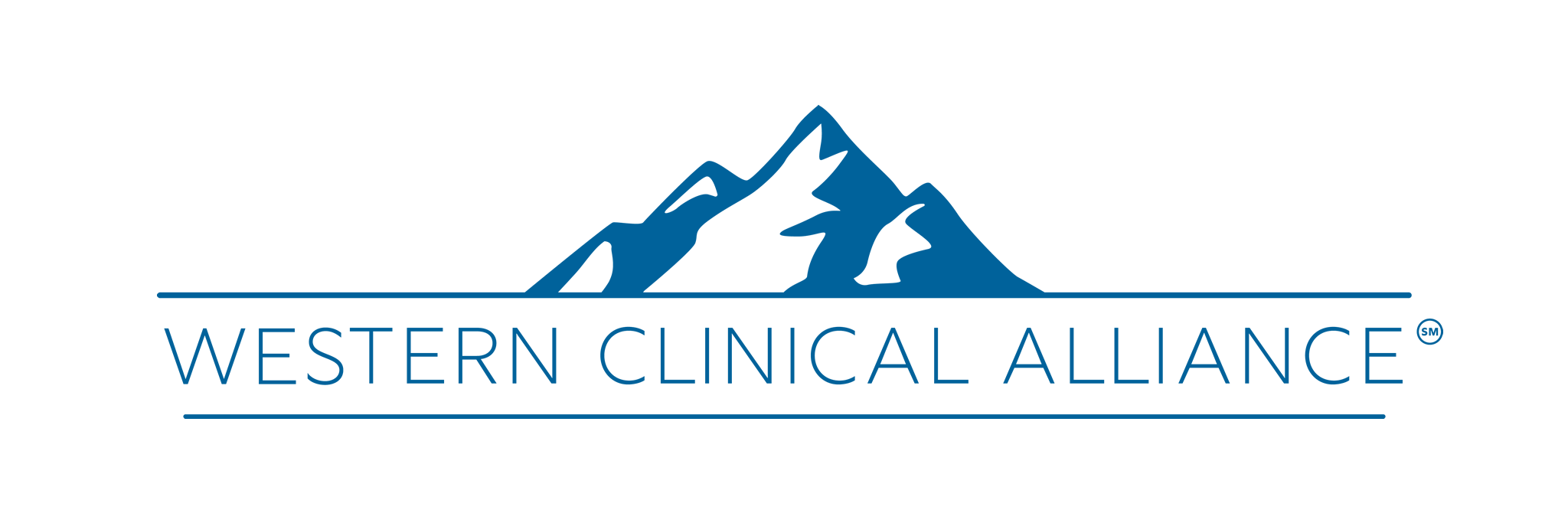By: Dr. Bret Frey, Contract Performance Committee Chair of Western Clinical Alliance & Karen Massey, Executive Director, Emergency Physicians
Focusing on controlling costs and improving patient outcomes are important goals of Western Clinical Alliance. These goals highlight the need for alignment in provider compensation and a shift toward value-based payment structures. Through a value-based payment structure providers are paid based on the quality rather than quantity of care provided and support three main goals:
- Improve care for patients
- Better health in populations
- Lower total cost of care
To effectively move to value-based payment structure, selecting value modifiers is an important place to start.
How Do Value Modifiers Work?
In general, most physicians are paid based on production charges, usually reflected in relative value units (RVU). A value modifier associates a value component to RVU and allows the practice to better align with value-based contracting. This structure mimics how the Centers for Medicare and Medicaid (CMS) now pays physicians with their merit-based incentive program (MIPS). A physician’s payment is modified by a percentage based on the physician’s performance against certain measures. Within a clinically integrated network, like Western Clinical Alliance, this can make a significant financial difference to the bottom line and create a triple win for the patient, the practice and the network.
For example, if a physician generates 1,000 RVUs/year but has poor metrics, a value modifier of 5-10% could help that physician improve in the areas which are mutually beneficial to the practice and the Western Clinical Alliance. If that physician doesn’t improve and continues to be an outlier with poor metrics, the group could say that physician’s “value-based” production was only 900 RVUs (less 10%). In contrast, a physician who has improved and has excellent metrics could be compensated 1100 RVUs (plus 10%).
The idea behind choosing a value modifier and the value-based compensation model is that revenue is neutral within the group. If everyone meets the thresholds of performance set by the group, everyone receives 1000 RVUs. Well-chosen thresholds can help ensure neutral revenue for all physicians while providing higher quality, overall patient value, and shared savings distribution.
Selecting Value Modifiers
Access to relevant and reliable data, and understanding and identifying appropriate metrics are important steps to selecting a value modifier. The value modifier selected for each group will vary and depend on the group’s specialty and their chosen goals. For each group that adopts this approach, they should tailor it to what makes sense for their practice based on these considerations:
- The group’s current compensation structure
- What is a valuable measure in their specialty
- What fits within the group’s culture
Groups that have adopted the value-modifier and value-based payment structure approach have identified the following key components to success:
- Create a small committee of respected physicians to select the value modifier
- Identify measure that are both relevant and reliable
- Commit to an accountable feedback loop and realistic thresholds with clear messaging that helps everyone succeed
Adopting this approach can help practices modify their compensation model, improve patient outcomes which aligns with the goals Western Clinical Alliance has set for 2021 and beyond with respect to high-value medicine. The risk of not adopting this approach or using an in effective value modifier is that providers who are historic outliers with poor metrics may continue to practice in a misaligned way in the manner they are accustomed, making it a challenge to best address low-value and high-cost medicine within a practice.
Physicians have always had the patient at the center of their daily mission. The value modifier is a way to encourage physicians to improve and continue value-based care and keep the patient at the center of their health care journey.


